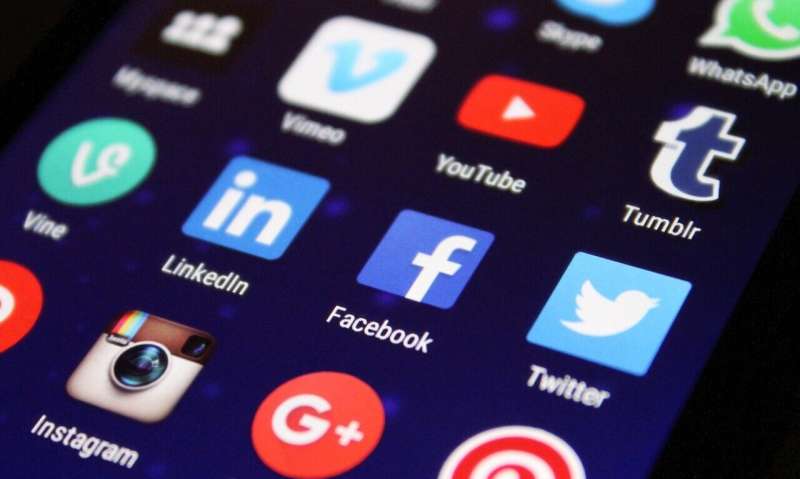accupril enalapril maleate


Sport, physical activity and health organizations should keep using social media to deliver exercise and cooking classes and information on staying healthy even after pandemic restrictions have eased, according to new guidelines published by experts at the University of Birmingham.
The guidelines are based on evidence gathered by researchers in the School of Sport, Exercise and Rehabilitation Sciences, that shows how social media use during COVID-19 improved physical activity levels, enhanced diet quality and positively affected overall quality of life. The data clearly showed that some people still want to access online exercise and cooking classes, where to buy generic atarax usa no prescription fitness workouts, recipes and updates on clubs and hobbies from social media once life starts to return to normal. In fact, social media content may even be more valuable as workplace commutes, and other demands of a hectic family life begin to crowd our schedules once more.
Dr. Victoria Goodyear, of the University of Birmingham’s School of Sport, Exercise and Rehabilitation Sciences, and Principal Investigator of the study said: “There has been a real explosion in social media use throughout the pandemic. While there may be a perception that this ties people to their electronic devices too much and causes negative effects, in fact we found the vast majority of these interactions were positive and helped people to maintain physical activity and mental wellbeing through periods of isolation and confinement.
“By publishing these guidelines, we want to encourage the sport, physical activity and health organizations that quickly moved online during the pandemic to think about how they can keep people engaged through social media. At the same time we’re aiming to support and encourage more organizations to use online and social media provision by giving them evidence-based advice to get them started.”
Key recommendations in the guidelines include:
- Promoting social interactions through social media to facilitate behavior change
- Tailoring social media content to meet different groups’ specific health needs
- Producing authentic, original and evidence-based social media content
- Using social media to create personal connections that facilitate the use of content
- Engaging target groups by ensuring there is variety in the design and format of content
- Including guidance on misinformation and privacy.
The guidelines are based on research carried out by Dr. Goodyear and colleagues which included a survey and focus groups with over 700 participants across ages 16 to 88.
The research showed that almost half of the participants reported using information from social media to inform their behaviors relating to physical activity, diet and quality of life. The most used social media were WhatsApp, Facebook and YouTube. The social media accounts referred to the most were social media-based personal trainers, such as Joe Wicks, national organizations, such as, Sport England, and/or local fitness and gym centers.
But not all of the participants in the study used social media in the same way, and experienced the same positive impacts on their health behaviors. Work, home, and lifestyle arrangements, pre-existing health-related knowledge and behaviors, and the perceived value of using social media for health promotion influenced how social media was used.
For instance, groups that were self-isolating during the pandemic used social media to keep in touch with family and other support networks. Individuals who were physically active prior to pandemic restrictions didn’t turn to social media for health-related information, but used social media to stay in contact with team mates or peers from their gyms or clubs. For those less active prior to the onset of the pandemic, social media was used as a source of information to help improve their mental wellbeing. This group in particular used resources such as the Joe Wicks YouTube workouts to replace their commute times with a healthy activity that they could do with their family.
Source: Read Full Article